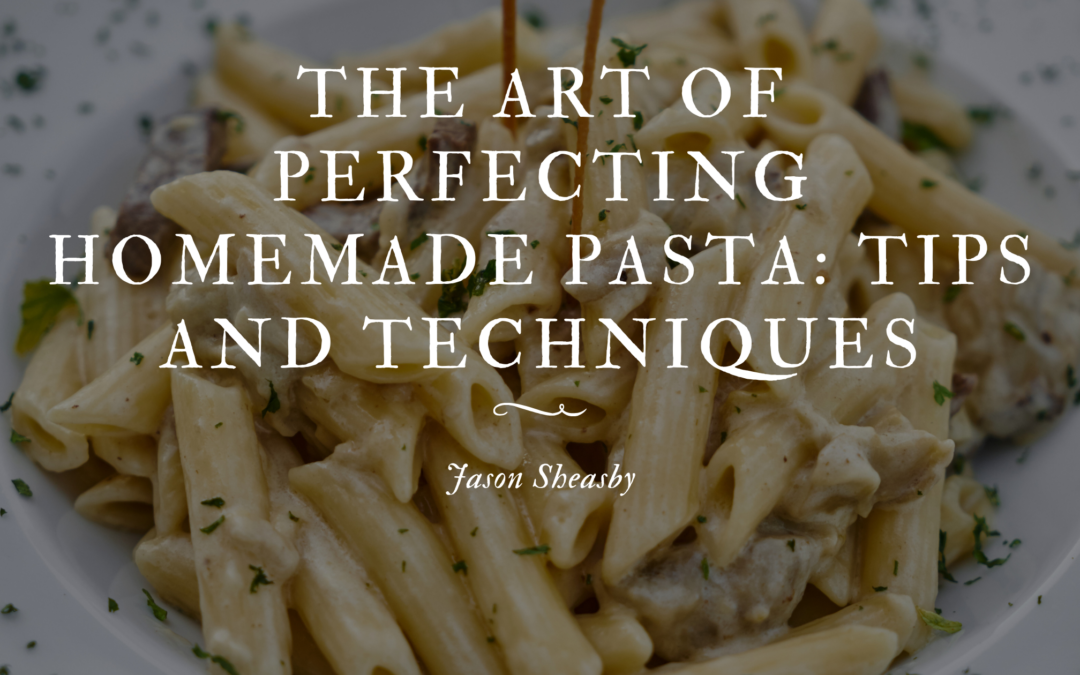There’s something truly special about making pasta from scratch. The process, while simple, is an art form that brings tradition, creativity, and flavor to your kitchen. Homemade pasta not only tastes fresher but also offers the satisfaction of crafting something with your own hands. Whether you’re new to pasta making or looking to improve your technique, here are some tips to perfect your homemade pasta.
1. Start with Quality Ingredients
The secret to great homemade pasta starts with the ingredients. You’ll need just a few basics:
-
Flour: Use Italian “00” flour for a silky texture, or a combination of all-purpose and semolina for a bit more bite.
-
Eggs: Choose fresh, organic eggs for a rich, golden dough.
-
Salt: A pinch of salt enhances the flavor.
-
Olive Oil: A splash helps with elasticity and adds a subtle depth of flavor.
Mix the flour and salt, form a well, and crack the eggs into it. Gradually incorporate the flour into the eggs until a dough forms.
2. Kneading the Dough
Kneading is essential to develop gluten, which gives the pasta its chewy texture. Knead the dough on a lightly floured surface for about 10 minutes or until it’s smooth and elastic. The dough should be slightly tacky but not sticky. If it feels too dry, add a drop of water; if too wet, dust with a bit more flour.
3. Resting is Key
Once kneaded, let the dough rest for at least 30 minutes. This step is crucial as it allows the gluten to relax, making it easier to roll out. Wrap the dough in plastic wrap to prevent drying.
4. Rolling and Shaping
You can roll the dough by hand or with a pasta machine. Start on the widest setting, folding and rolling several times to build structure. Gradually reduce the thickness until the desired thinness is achieved. Dust with flour as needed to prevent sticking.
Cut the pasta into desired shapes:
-
Tagliatelle or Fettuccine: Long, flat strips
-
Ravioli: Filled squares
-
Spaghetti: Thin, round noodles
5. Cooking and Pairing
Boil homemade pasta in plenty of salted water for just 2–3 minutes. Fresh pasta cooks faster than dried, so watch carefully. Pair your pasta with simple sauces to let the texture shine—like a classic marinara or a creamy Alfredo.
6. Storing and Enjoying
If you’re not cooking immediately, dust the pasta with flour and loosely wrap it. Fresh pasta can be stored in the fridge for a day or frozen for up to a month.
Making homemade pasta is more than just cooking—it’s a connection to tradition and an expression of creativity. Once you master the basics, the possibilities are endless, from experimenting with flavored dough to trying new pasta shapes. Enjoy the process, and more importantly, savor the results!

